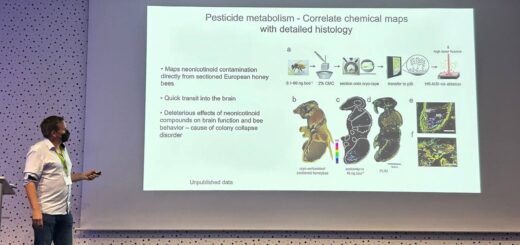New chapter in Diatom Nanotechnology: Progress and Emerging Applications
Research on sustainable energy production is of growing interest in light of the limited fossil fuel stocks and increasing energy demands. An ideal solar harvesting device should potentially include low-cost, non-toxic and three-dimensional inorganic materials. Diatom biosilica or frustules exemplify the above features and are a perfect host material. Diatoms are natural three-dimensional nanoarchitectures with convoluted, tailorable chemistries, formed as a result of a biomineralisation process. They are made up of silicon dioxides and silicates, which are natural insulators of both electrical conduction and light absorption. To overcome their natural insulating properties and allow frustules to be used as an electrode/photoelectrode material, one can modify their structure by metal/material glazing or by converting them into silicon or titanium dioxide. This allows the frustules to obtain conductive or semi-conductive properties, while retaining their original morphology. Additionally, three-dimensional nanostructures of certain polymers/metals can be fabricated using diatom frustules as a template. The resulting three-dimensional polymers/metals can be used as a scaffold for designing electrode/photoelectrode materials. In this chapter, the literature on the modification and application of diatom frustules as a natural platform for dye-sensitised solar cells and photoelectrochemical hydrogen production is reviewed.




